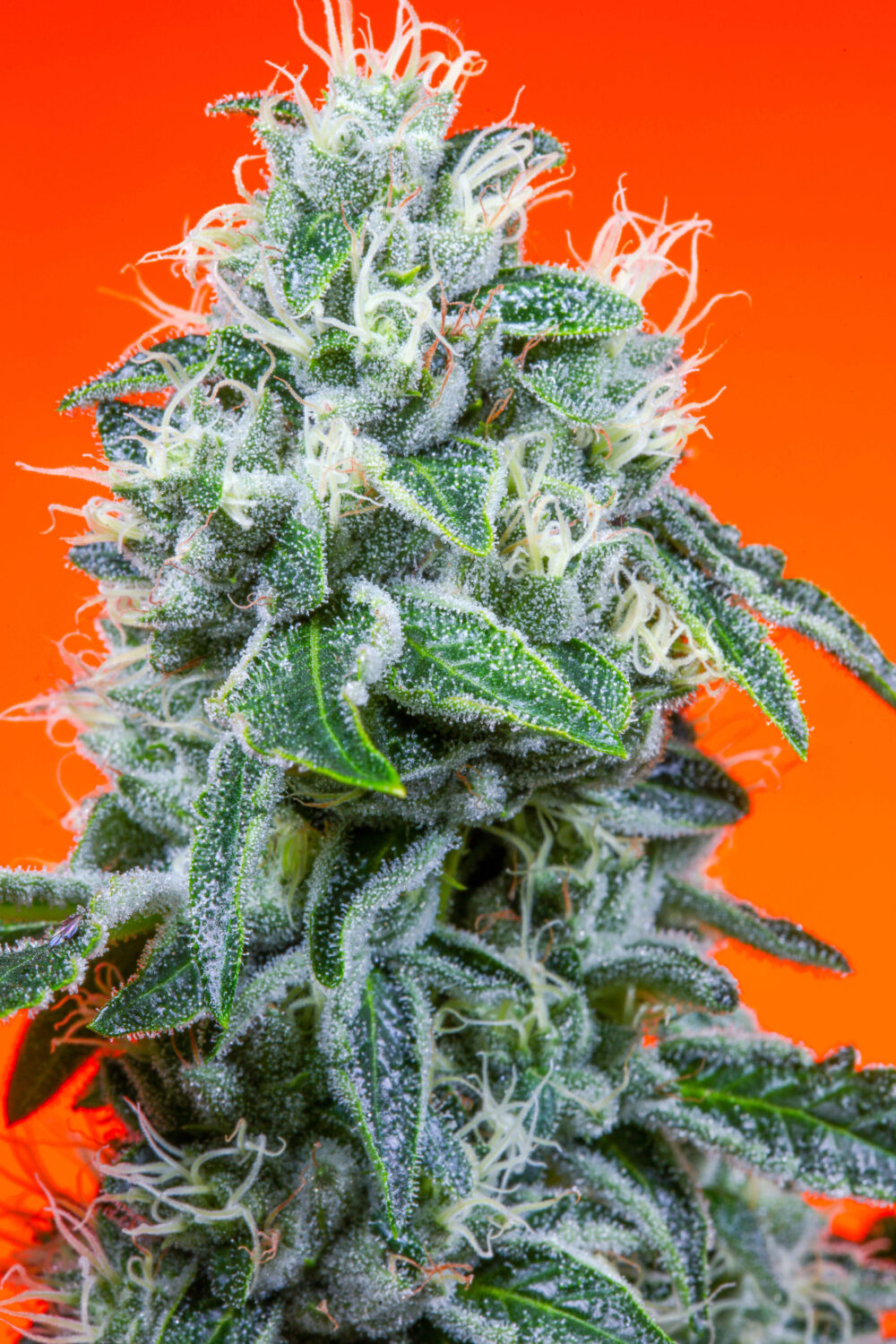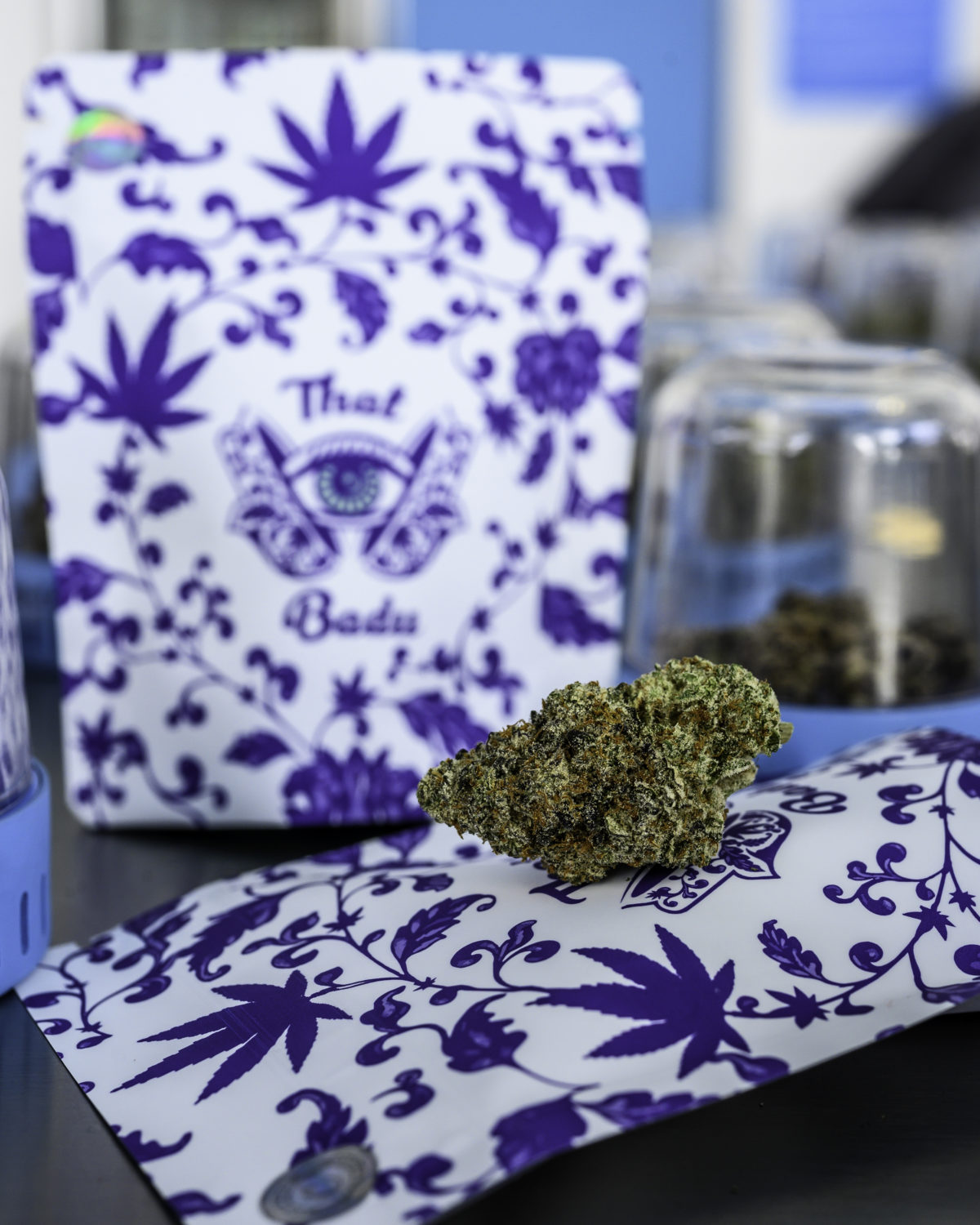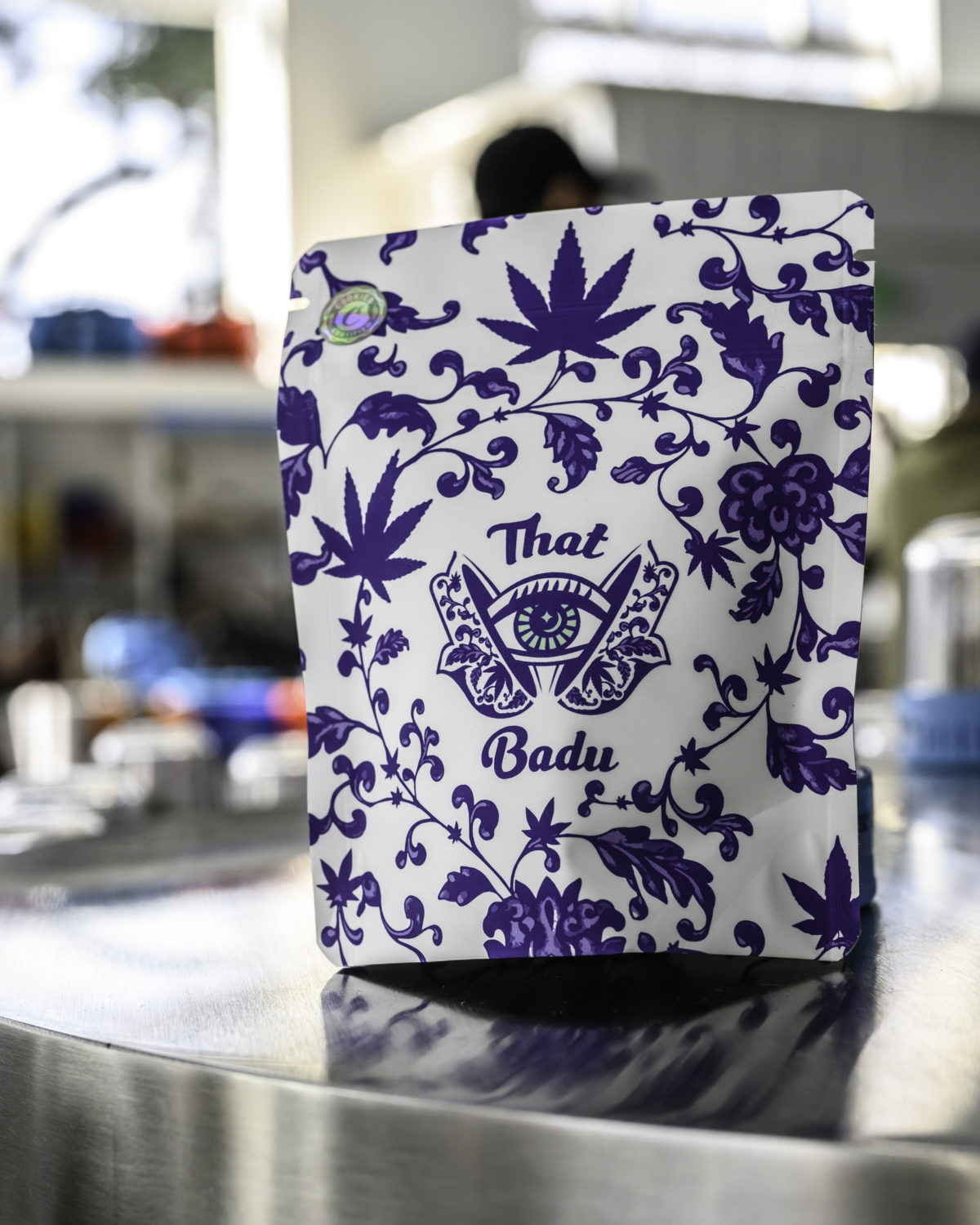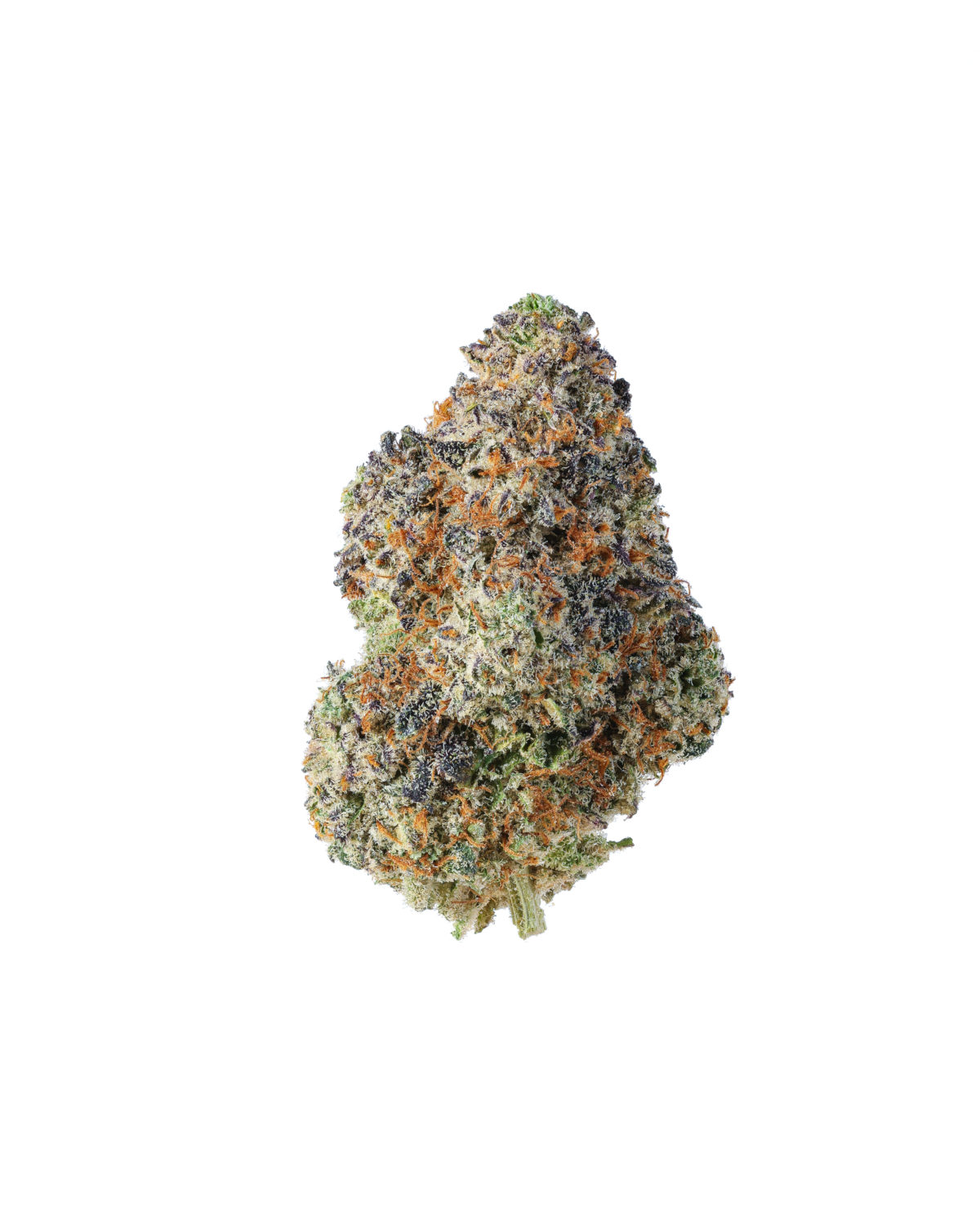CA LEGAL CANNABIS FACES ITS BIGGEST BLIZZARD YET
CA LEGAL CANNABIS FACES ITS BIGGEST BLIZZARD YET Whether it’s getting all the way down the 5, to the farm or hoping the greenhouses don’t collapse, legal cannabis currently is experiencing plenty of headaches from the biggest snowstorm of its short existence in California. The biggest widespread headache will be inaccessible roads. Mixed-light farmers facing…
CA LEGAL CANNABIS FACES ITS BIGGEST BLIZZARD YET
Whether it’s getting all the way down the 5, to the farm or hoping the greenhouses don’t collapse, legal cannabis currently is experiencing plenty of headaches from the biggest snowstorm of its short existence in California.
The biggest widespread headache will be inaccessible roads. Mixed-light farmers facing issues with power over the next couple of days could face the biggest challenges. Most farmers still afloat should be able to survive any stress. It’s still early in the year. Even if people do face some structural damage, they’ll have time to clean it up before things get popping. But if you’re a mixed-light operation running year-round, any hit you’re taking to power or structural integrity is going to lead to pure down take. At worst, it could cost you a crop.
As people work to get their ducks in a row, it’s going to be a lot trickier to navigate some key stretches of California for the industry. Commerce itself most likely will be impacted by the close of Tejon Pass. With the snow level expected to be well below 1,000 feet, it’s going to be ripping up. Some experts are predicting two feet of snow right in the heart of one of the cannabis industry’s, and the rest of California’s, most vital travel routes. Even if the roads reopen, the ripping winds at the tail end of the storm are no fun for the sprinter vans the industry whips up and down the state in.
Sure you could take the coast, but it’s going to be mobbed and add hours to the trip.
The roads that many of the state’s cannabis farmers call home also will be an issue. While the frozen dirt might be easier to drive on in many cases than unplowed asphalt in a few inches, once it starts to pile up, it can get nasty quickly. One farmer in Southern Humboldt County said he was expecting about three feet when the storm was over.
Josh Vert from Royal Key Organics said indoor farmers like him in Humboldt don’t necessarily worry as much as the outdoor farmers about any one storm in particular, but the season brings its own challenges as a whole.
“Winter runs and cold weather, it’s the opposite for us as it is in LA,” Vert told L.A. Weekly. “Winter can be more challenging in the Arcata indoor scene than summer. Dew points and surface condensation create excessive moisture. Facilities need to compensate via extra insulation and dehumidification. Our trimming and storage require less air conditioning and everything stays cool. It’s really the cold humidity we have to fight all winter long. The storms have been a good mental break from the norm. Nothing other than that.”
Closer to home, all the snow and rain have led to a flood watch in Los Angeles through Saturday afternoon. The areas impacted are Los Angeles County Beaches, Los Angeles County Inland Coast including Downtown, Los Angeles County Mountains, San Fernando Valley, San Gabriel Valley, Malibu Coast, Santa Clarita Valley and The Santa Monica Mountains.
The National Weather Service noted rainfall rates up to an inch per hour are possible, especially in the foothills and lower mountain locations.

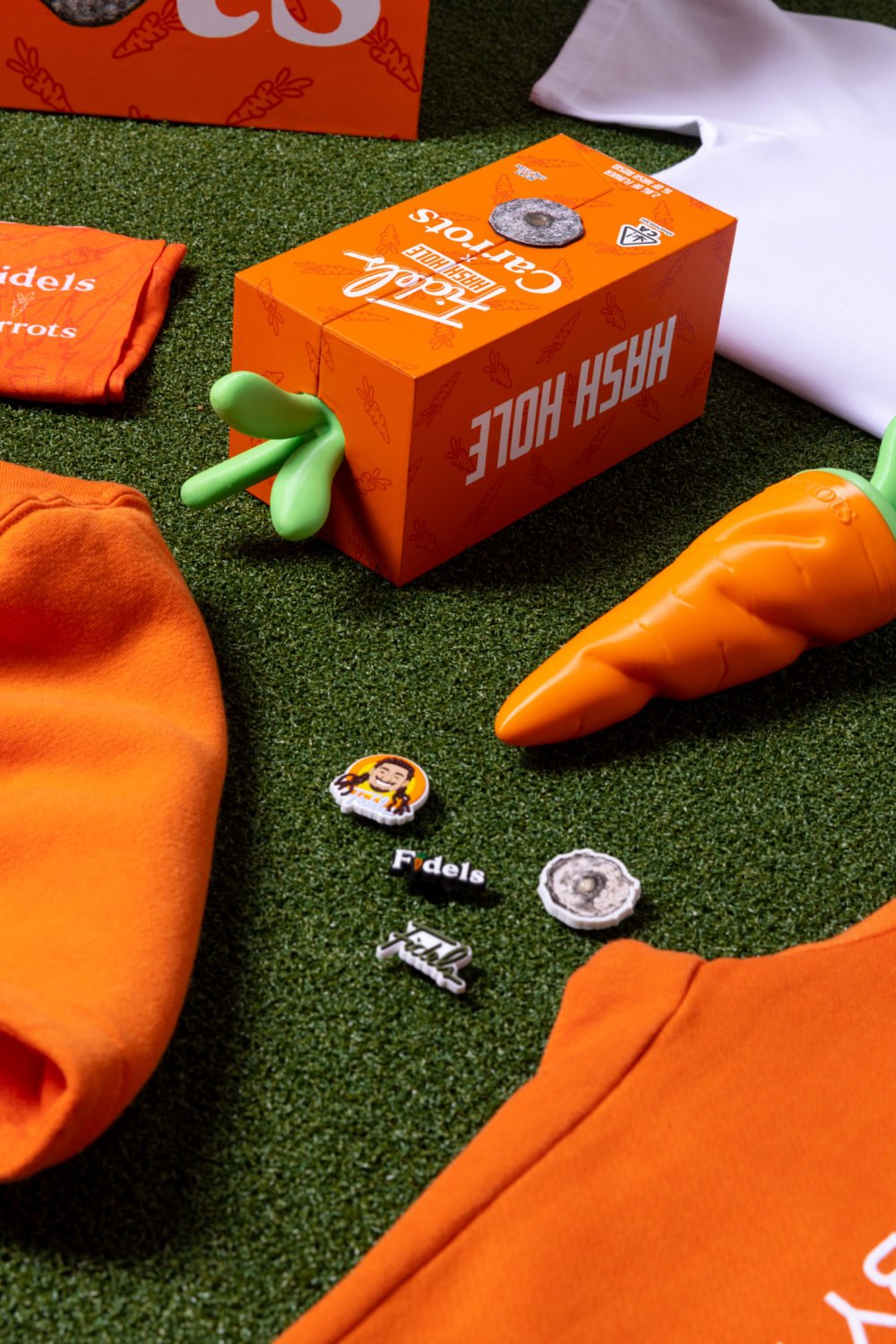
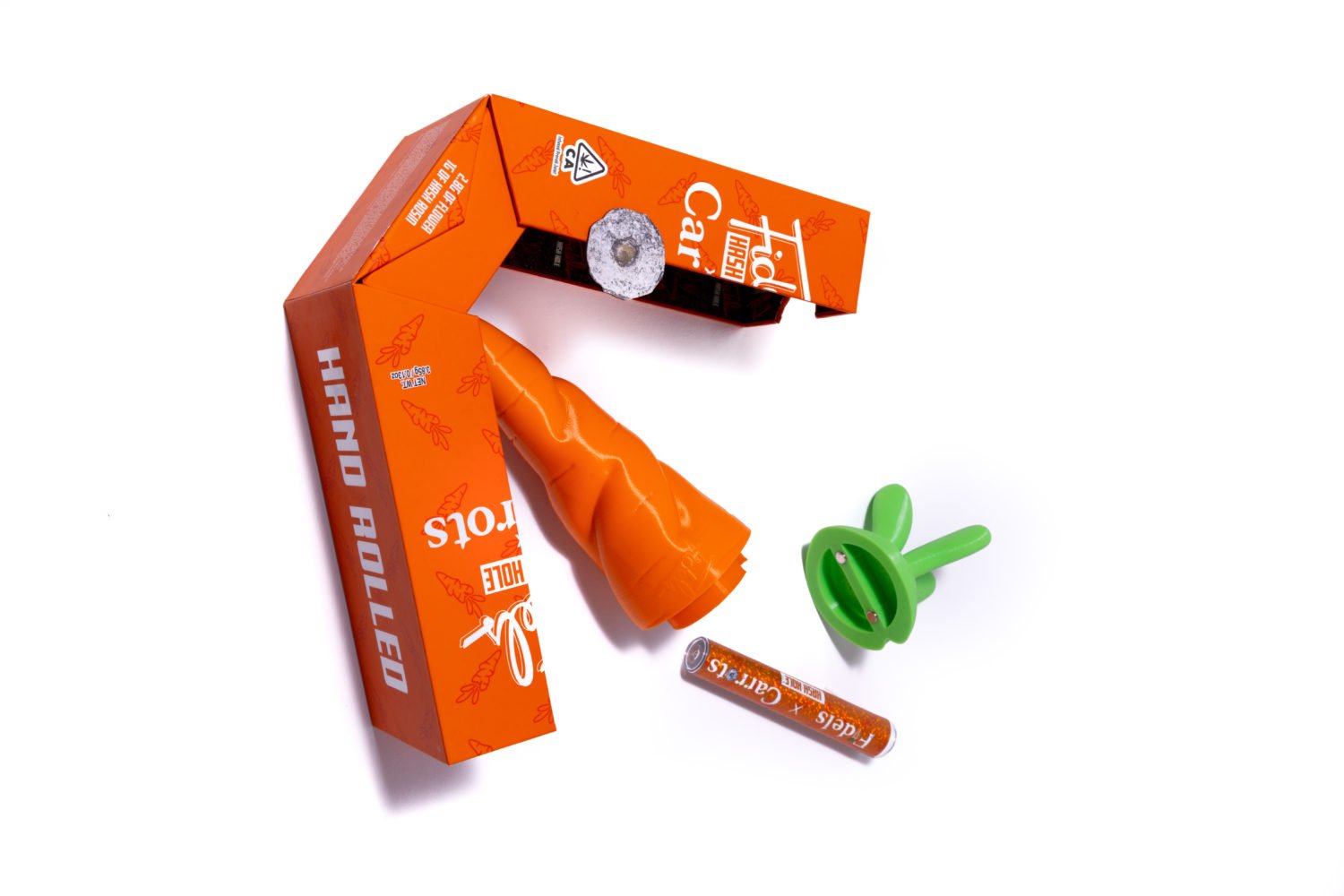
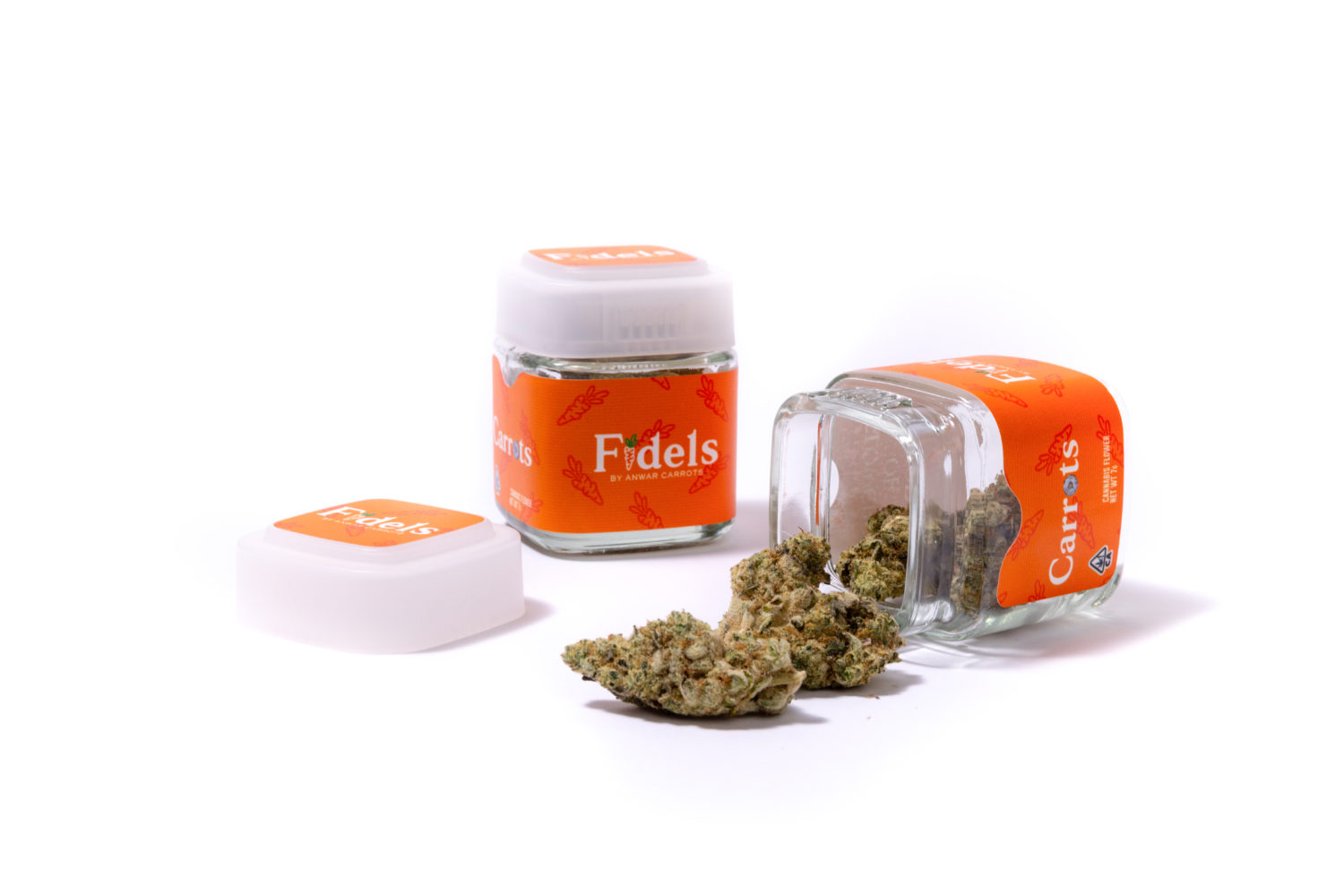
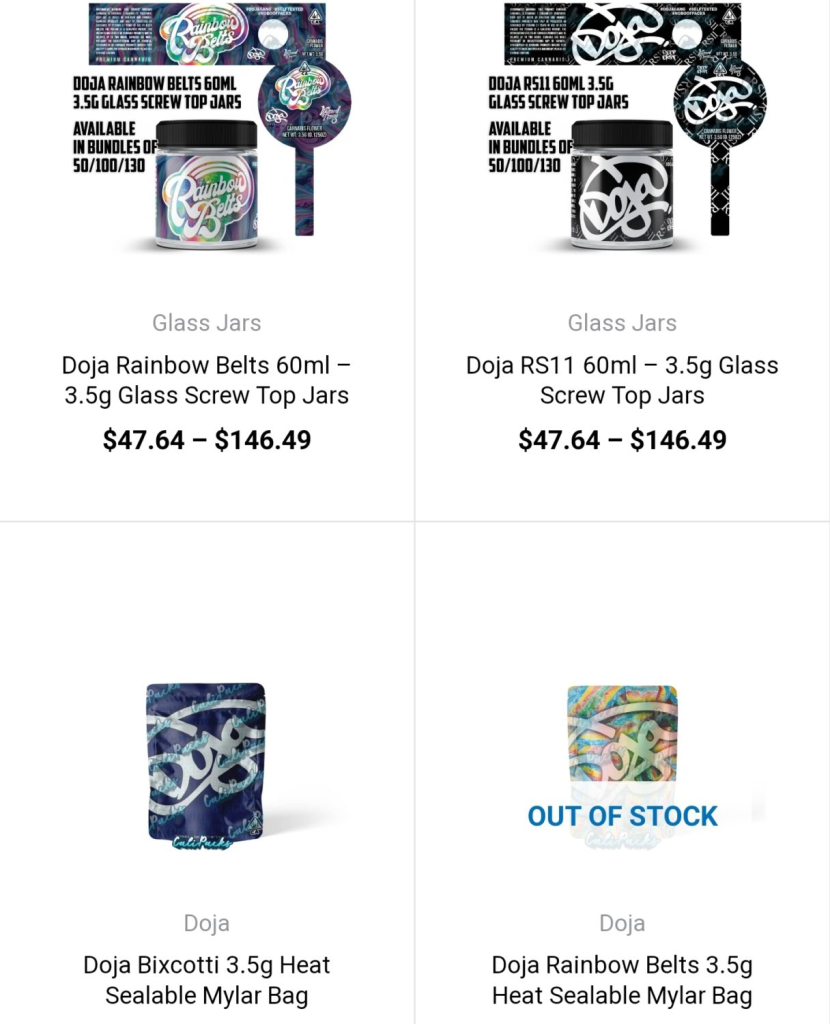

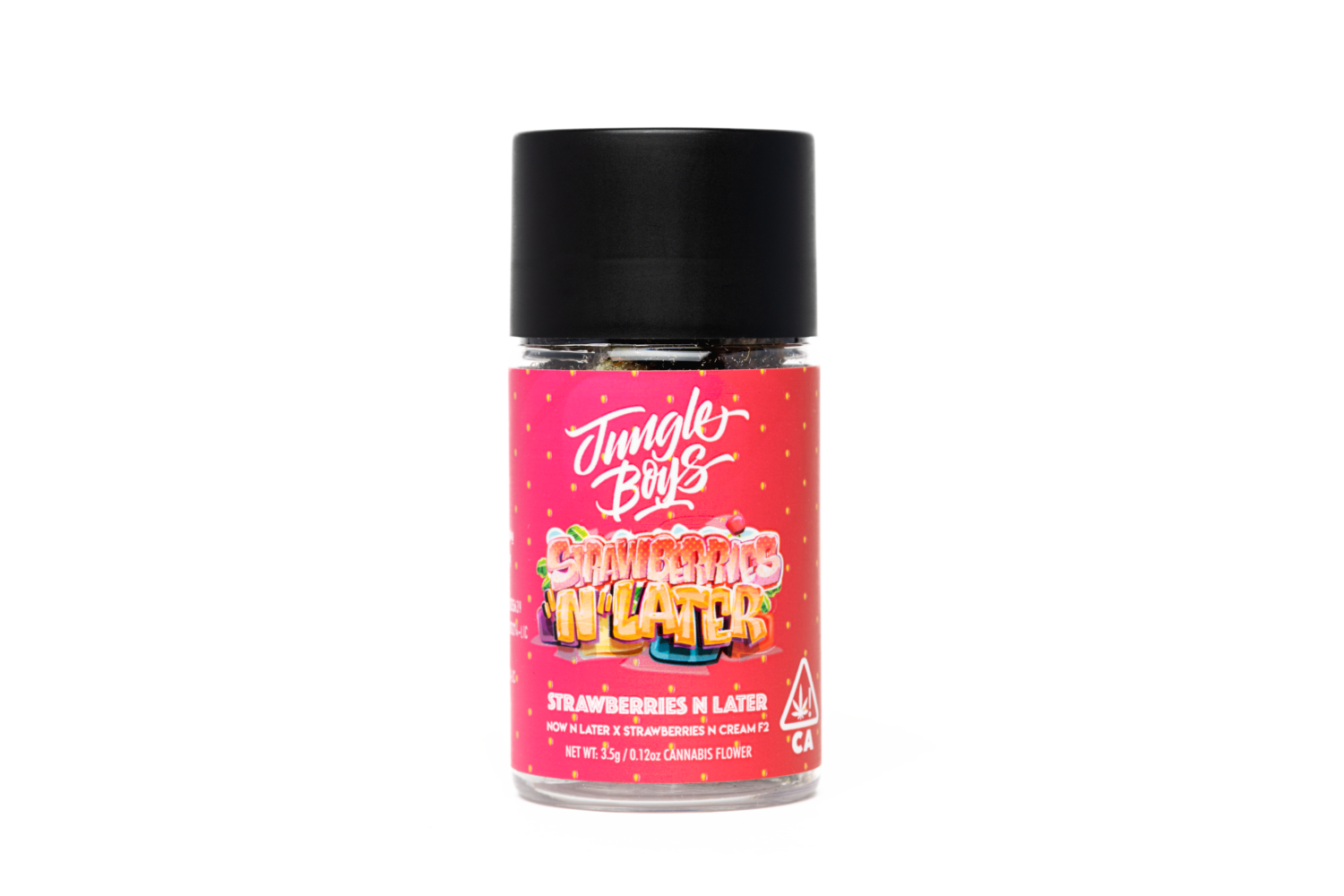
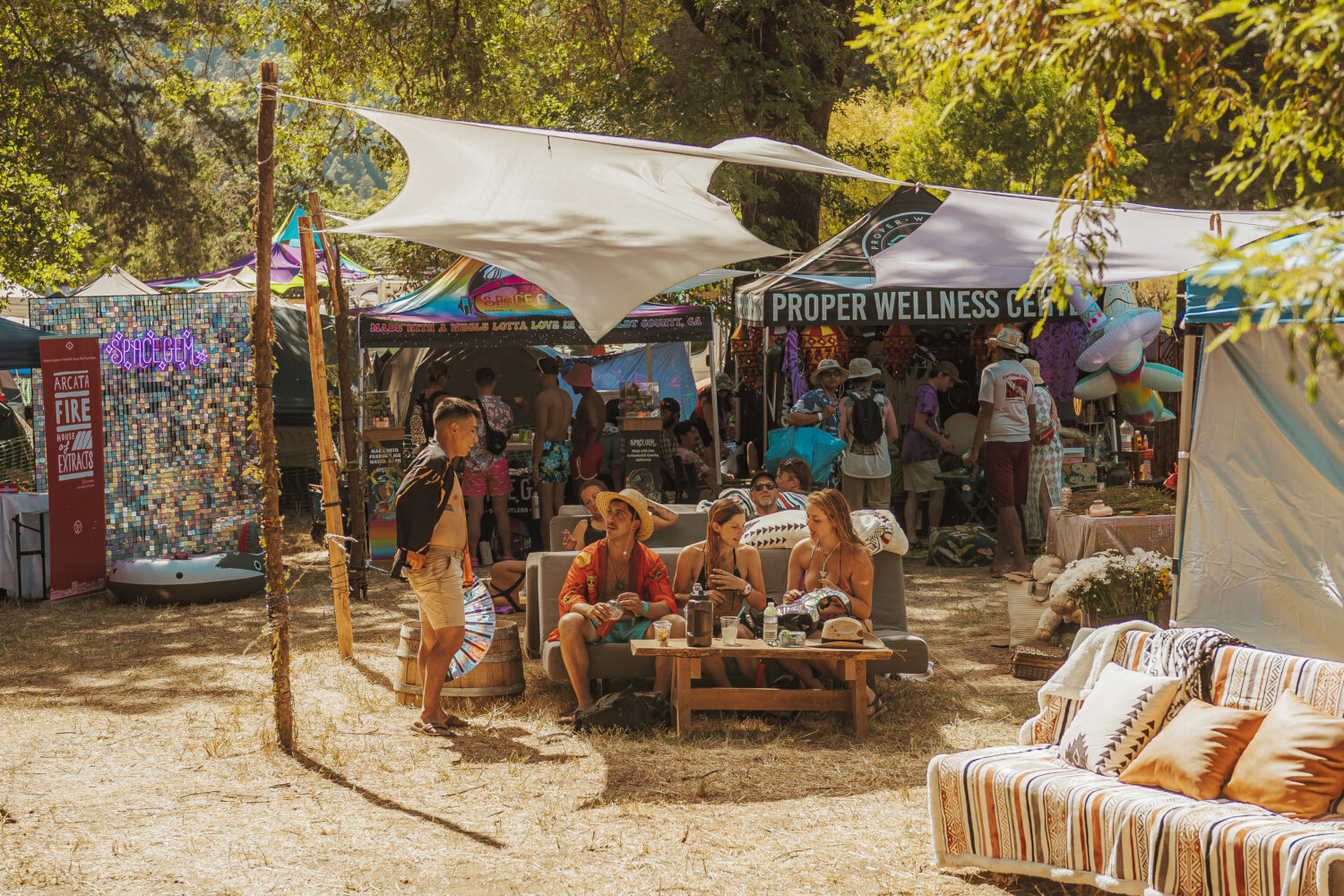


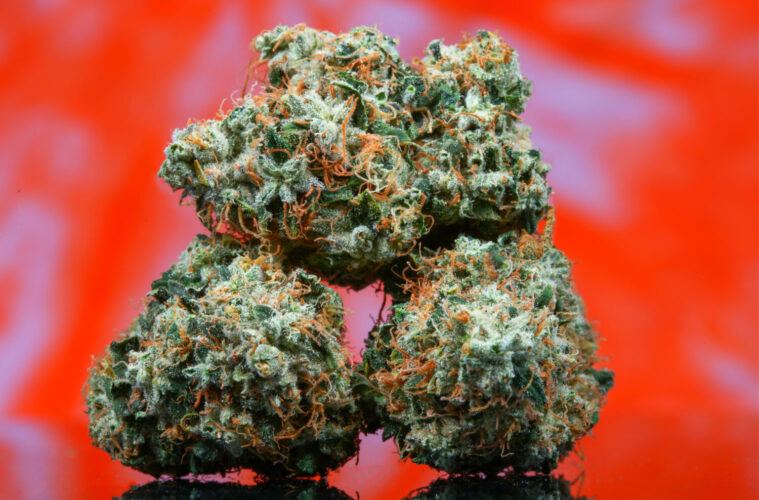 Photos courtesy of IC Collective
Photos courtesy of IC Collective